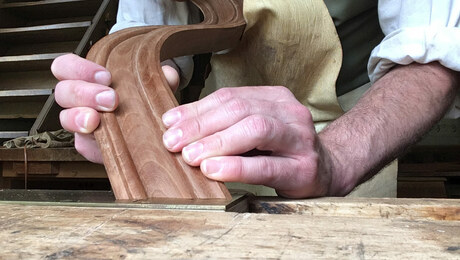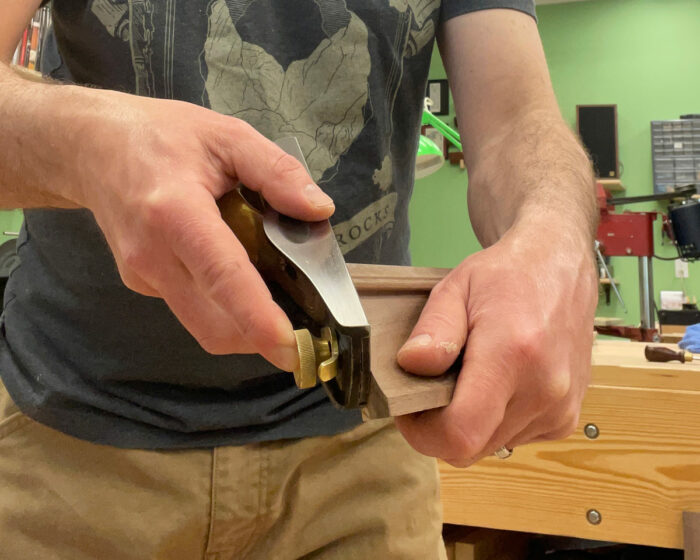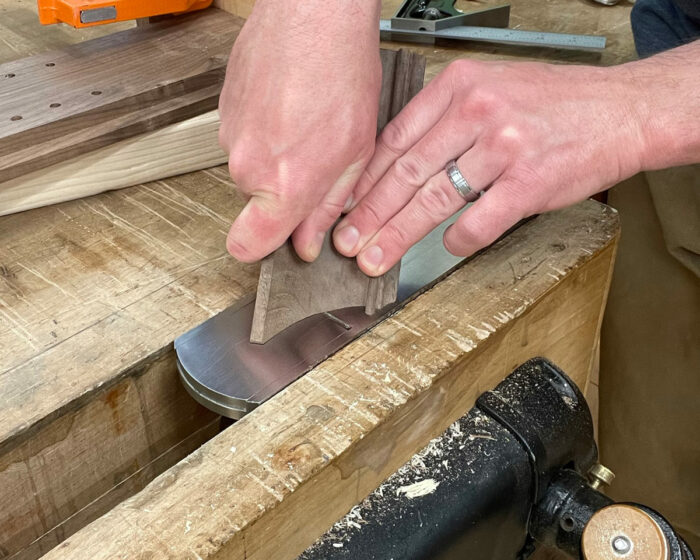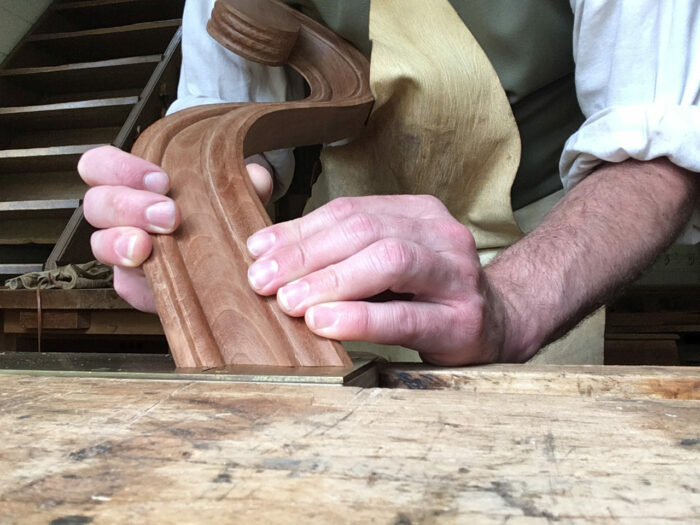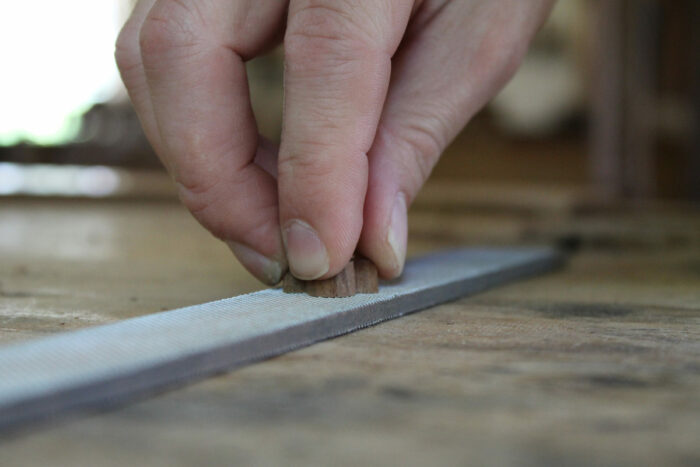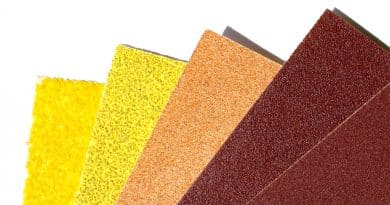Moxon’s Technique – FineWoodworking
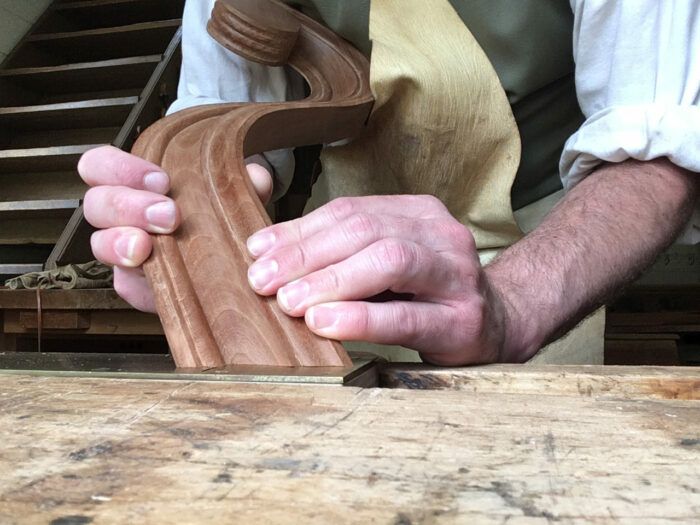
Old woodworking books weren’t written for us—modern practitioners of the craft looking for in-depth how-to details about the process. Instead, the earliest English language woodworking texts like Joseph Moxon’s Mechanick Exercises were written to inform his fellow well-heeled late 17th-century Englishmen about the goings-on in the shops of the artisans (or “mechanics”) with whom they may conduct business.
The craftspeople themselves learned their trades through the oral tradition of apprenticeship. However, just because Moxon aimed to satisfy the curiosity of his peers and not educate apprentices, doesn’t mean we can’t glean a lot from his writing today.
It does sometimes take extra work and an open mind for us to grasp the insights Moxon had to offer. Let’s consider his description of fine-tuning a miter and see how I translate this into modern language and practice.
Moxon offers an interesting approach to cleaning the sawn texture from miters while discussing strike-block planes. Strike-block planes are not well-known today; one is shown in the middle of the photo above with a smooth plane behind and a modern block plane in the foreground.
They often have lower-angle blades mounted bevel down and excel at a variety of tasks like shooting small edges and joints. I’ll let the tool historians untangle their place in the evolution of hand planes, but note that their role has largely been taken up by any number of low-angle planes familiar to today’s woodworker.
Here’s Moxon’s wordy description of how to use a strike-block plane on a miter:
| “you must hold it [the plane] very steddy in your left hand, with the sole of it upwards, and its fore-end towards your right hand: and you must hold your work in your right hand very steddy: Then apply the sawn Miter, or sawn Bevel at the end of your Stuff, to the fore-end of the strike-block, and so thrust it hard and upright forwards, till it passes over the edge of the Iron, so shall the edge of the Iron, with several of these thrusts continued, cut, or plane off your stuff the roughness that the Teeth of your Saw made…” |
That’s a lot more thrusting than we usually encounter in modern woodworking writing and almost everything about that passage has the potential to throw a modern woodworker off the scent of an interesting technique. Overall, the language, grammar, and style of writing—though not indecipherable—are barriers we need to overcome.
Couple that with a technique that is quite different than the usual prescription for some form of shooting board and it’s easy to dismiss Moxon entirely. This is where we may remind ourselves that Moxon wasn’t a woodworker himself; he was a printer and a map maker, among other things. Perhaps he misunderstood what he saw in a joiner’s shop. Before we come to that conclusion though, shouldn’t we try what he describes?
I’ve used this technique with success many times over the years and have concluded that Moxon’s writing might be more of a problem than the woodworking technique. Thrusting a board in one hand into a plane held in another sounds like a pretty violent act. It shouldn’t be. The motion should be smooth and controlled.
Here’s how I would describe it:
| “While holding the plane in one hand and the workpiece in the other, register the sawn miter flat on the plane’s sole just ahead of the blade and slowly draw the miter over the blade, taking care to maintain a consistent angle.” |
This can be done with just about any plane if a strike block is not in your kit. In my home shop, I find either a block plane or a low-angle smooth plane to be ideal. A tight mouth and a sharp, finely set blade are crucial to success.
While I will use miter shooting boards on occasion, I have settled on a variation of Moxon’s technique to clean and fit most of my miters. Instead of holding the plane upside down in my hand, I simply clamp it upside down in my vise and draw the miter across it. This works great and requires no special additional equipment.
Holding the miter flat on the sole of the plane is a lot like holding the bevel against a stone in freehand sharpening, only easier because the miter is probably much wider than the bevel on your plane or chisel. If the miter’s angle is off a little, concentrate your effort and hand pressure on the high spots before working its entire length.
Moving the miter diagonally across the blade can help maintain a cleaner surface while reducing the force required to pull it through the cut. This method is particularly useful for curved moldings that can be hard to hold in typical bench fixtures.
This Moxon variation is not perfect for everything. Longboards would be hard to handle this way, though I have used the two-handed technique as Moxon describes it on 8-ft.-long architectural moldings a few times. Really small pieces also become a challenge.
People understandably get nervous at the idea of getting their fingers too close to the exposed blade of the upside-down plane. For small things like the mitered returns pictured below, I swap my plane for a long mill bastard file and make quick work of getting things fitted.
If you only know Moxon from the twin-screw vise that has taken his name in recent years, do yourself a favor and read his description of the joiner’s trade. There are many editions available in print or digitally. I find something new to consider whenever I crack it open. We may not be the audience he was trying to reach 340 years ago, but his insights can still resonate if we’re open to them.

Twin screws for everyone!

Curved molding by hand
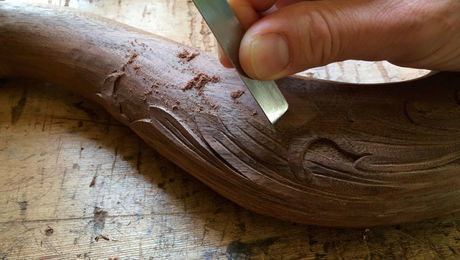
Bill Pavlak’s Oddly Essential Tools
Sign up for eletters today and get the latest techniques and how-to from Fine Woodworking, plus special offers.

